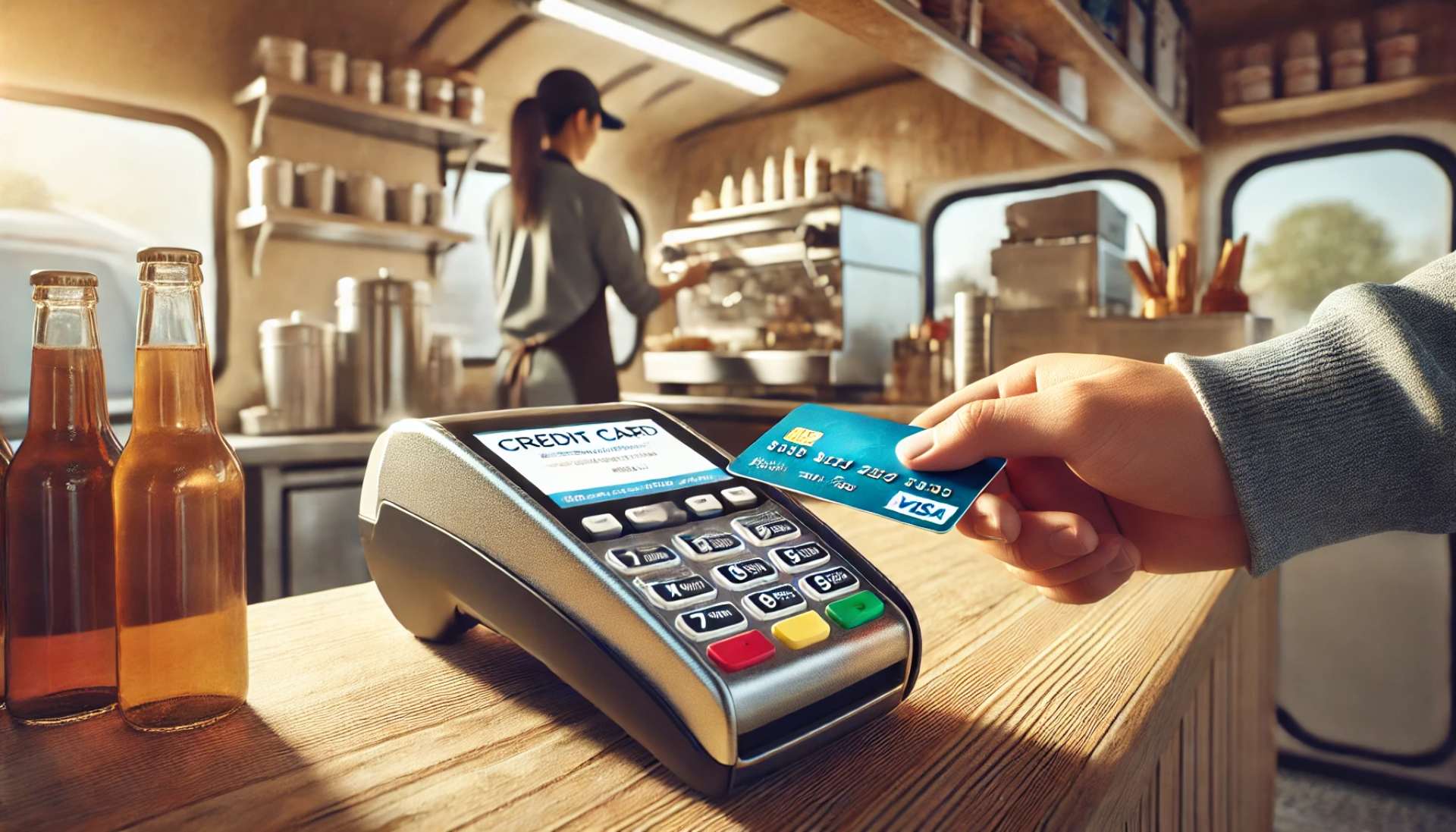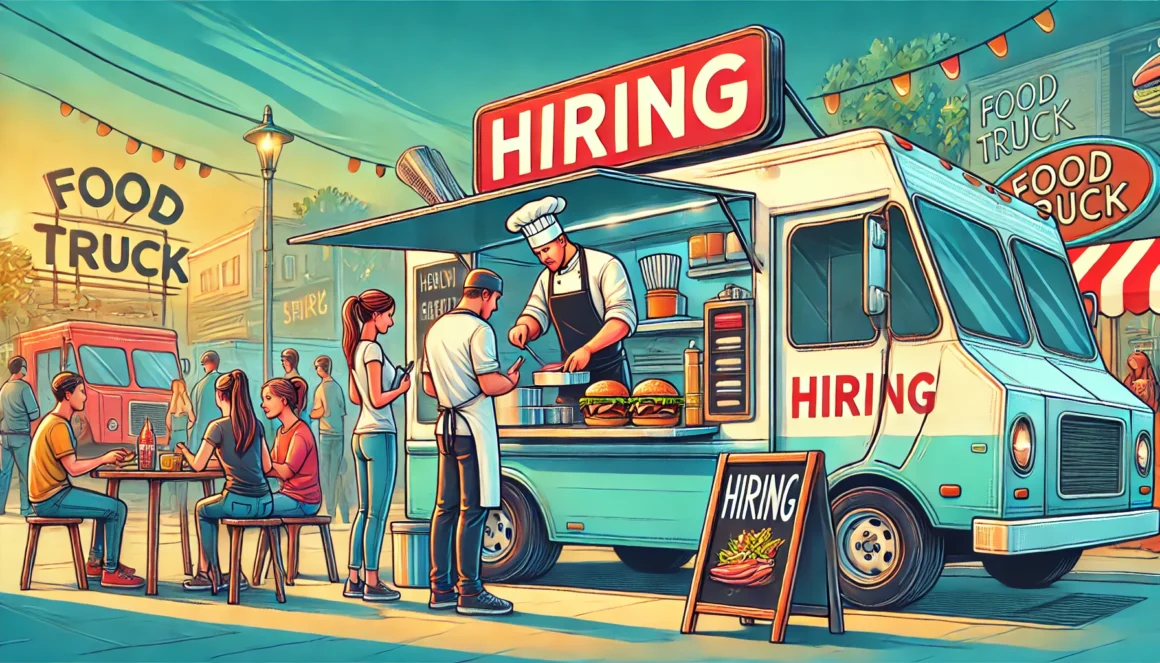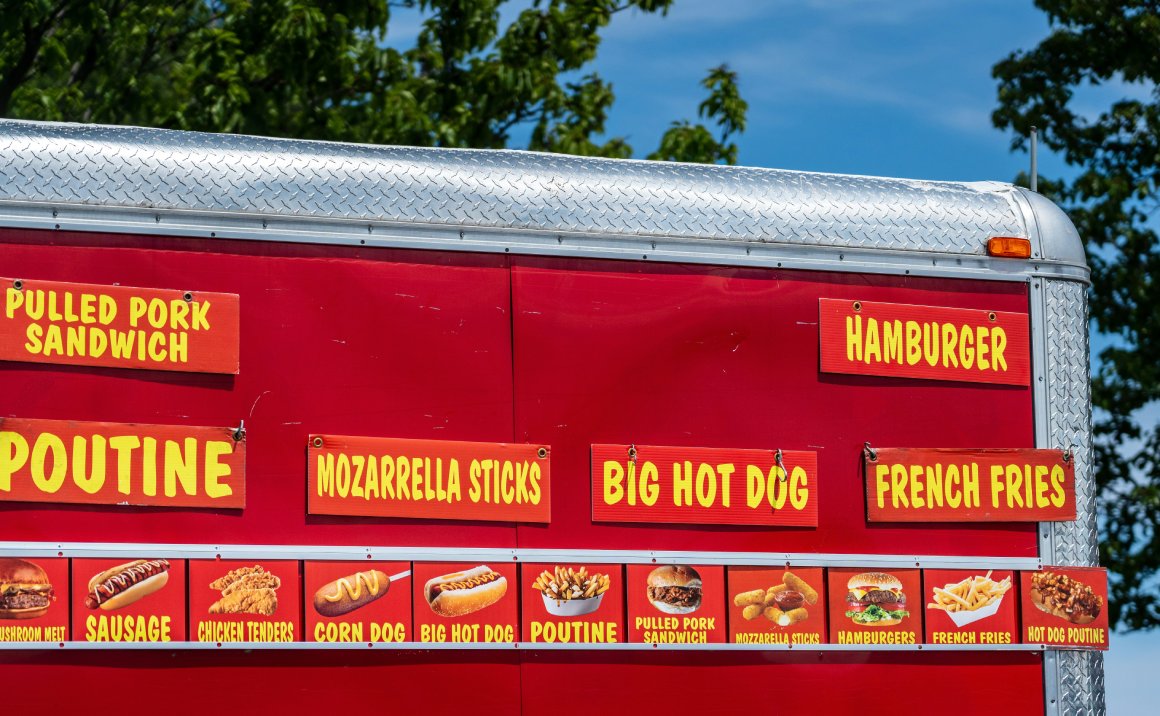
How to Choose the Best Credit Card Payment Processing System for Your Food Truck
This post is part of a regular series. Click here to start at the beginning.
Running a food truck is all about speed and convenience—both for you and your customers. While delicious food and efficient service are key to keeping your business thriving, there’s another essential element that can make or break your food truck’s success: the ability to accept payments seamlessly. In today’s cashless world, offering credit card and digital payments is not just an option; it’s a necessity. But with so many credit card payment processors on the market, how do you know which one is the best fit for your food truck?
This post serves as an introduction to the world of credit card payment processing systems for food trucks. We’ll cover the essentials of what to look for in a processor, why mobile payments are critical, and how different options compare in terms of ease of use, fees, hardware, and customer support. From established systems like Square to emerging platforms like Venmo and Cash App, we’ll walk you through what you need to know to make the best decision for your business.
1. Why Credit Card Payment Processing is Essential for Food Trucks
While food trucks used to rely heavily on cash payments, times have changed. Today’s customers expect the convenience of paying with credit cards, mobile wallets, or even QR codes. Accepting only cash can severely limit your customer base, especially as more people move toward cashless payments for safety and convenience.
The Benefits of Accepting Credit Card Payments:
- Faster Transactions: In a food truck environment, speed is crucial. Accepting credit cards allows you to complete transactions quickly, reducing wait times and keeping your line moving.
- Increased Sales: Studies show that customers are likely to spend more when they use credit cards compared to cash. Offering card payments opens up the possibility of higher-ticket orders.
- Convenience for Customers: With more people leaving their wallets at home and opting for digital payments, being able to accept mobile payments like Apple Pay or Google Wallet means you’re catering to customer preferences.
- Reduced Risk of Handling Cash: Managing large amounts of cash can be risky in a mobile business. Card payments reduce the need to carry cash, lowering the risk of theft and making it easier to keep track of your earnings.
2. What to Look for in a Payment Processor for Your Food Truck
Choosing the right credit card payment processor is all about finding a system that fits your specific needs. Here are the key factors to consider:
- Ease of Use: As a food truck operator, you need a system that’s quick and easy to use, both for you and your customers. Look for processors with user-friendly interfaces and minimal setup time. You want to avoid long checkout times that slow down your service.
- Transaction Fees: Every credit card payment processor charges a fee for each transaction. These fees can add up, so it’s important to understand the fee structure—typically a percentage of the transaction amount plus a small flat fee. For food trucks with lower price points, finding a processor with competitive fees is key to protecting your profit margins.
- Hardware: The equipment you use to accept payments is crucial. Many processors offer card readers that connect to your phone or tablet, while others may offer standalone terminals. Consider the size of your truck, how much counter space you have, and whether you need mobile or stationary payment options.
- Offline Capabilities: Since food trucks often operate in locations where Wi-Fi or cellular service may be spotty, having a payment processor that works offline is a huge advantage. Offline capabilities allow you to continue processing transactions even when your connection is down, ensuring you never miss a sale.
- Mobile Payment Options: As more customers use mobile wallets like Apple Pay, Google Wallet, and contactless cards, it’s essential that your payment processor supports these payment methods. Being able to accept mobile payments can speed up checkout times and offer a safer, touch-free experience for customers.
- Customer Support: Payment issues can disrupt your business, so having access to reliable customer support is important. Look for providers that offer live support, chat, or helpdesk services that can resolve any issues quickly, especially during peak business hours.
3. Comparing Popular Payment Processors for Food Trucks
Over the next series of blog posts, we’ll take an in-depth look at several popular payment processors, each with its own strengths and weaknesses for food truck operations. Here’s a sneak peek of what we’ll cover:
- Square: One of the most widely used payment processors for small businesses, Square offers an easy-to-use interface, affordable transaction fees, and a variety of hardware options designed for mobility.
- Clover: Known for its versatility, Clover offers a range of hardware options, from handheld devices to full-scale POS systems, making it suitable for food trucks with varying needs.
- Toast: Built specifically for the food service industry, Toast offers features tailored for restaurants and food trucks, including integrated online ordering, inventory management, and analytics tools.
- PayPal and Venmo: While these platforms are known for person-to-person payments, they’ve expanded into business solutions, offering easy digital payments for food trucks.
- Cash App: A newer player in the mobile payment space, Cash App is increasingly being used by small businesses and food trucks for quick and easy payment processing.
- Stripe: Known for its developer-friendly API and seamless online payment processing, Stripe is a powerful option for food trucks that also want to sell online or integrate with e-commerce platforms.
- SumUp and Zettle: These emerging platforms are gaining traction with food trucks and other small businesses for their simplicity, low fees, and straightforward card readers.
4. Why Square is a Popular Choice for Food Trucks
One of the most popular credit card payment processors among food trucks is Square. Its easy setup, intuitive app, and flexible hardware options make it a standout choice for mobile businesses. Square also supports offline transactions, so you never have to worry about missing sales in low-signal areas. Additionally, Square offers transparent pricing with no hidden fees, making it a reliable option for food truck owners who need straightforward and cost-effective solutions.
In the final post of this series, we’ll make a case for why Square might just be the best option for your food truck based on all the features and benefits discussed.
Conclusion: Finding the Right Payment Processor for Your Food Truck
Accepting credit card payments is essential for running a modern food truck business. With so many options on the market, it’s important to choose a payment processor that fits your specific needs—whether that’s ease of use, low fees, or offline functionality. In this series, we’ll dive deep into the most popular options, exploring their strengths and weaknesses, so you can make an informed decision that works best for your food truck.Stay tuned as we break down each option in detail, starting with Square and moving through other leading platforms like Clover, Toast, PayPal, Venmo, and more.
This post is part of a regular series. Please use these links to view the rest of the series in order.
Hiring and Training for Your Food Truck
Hiring and Training Staff for Your Food Truck: A Guide to Building a Reliable Team…
Effective Ways to Control Flies on Your Food Truck
A Complete Guide for Flying Pest Control Running a food truck brings a unique set…
Essential Equipment for Your Food Truck: What You Need Based on Your Menu
Choosing the Right Equipment for Your Food Truck: A Guide Based on Your Menu The…




